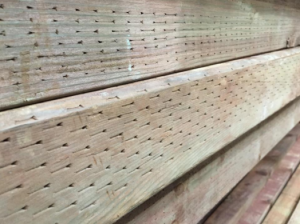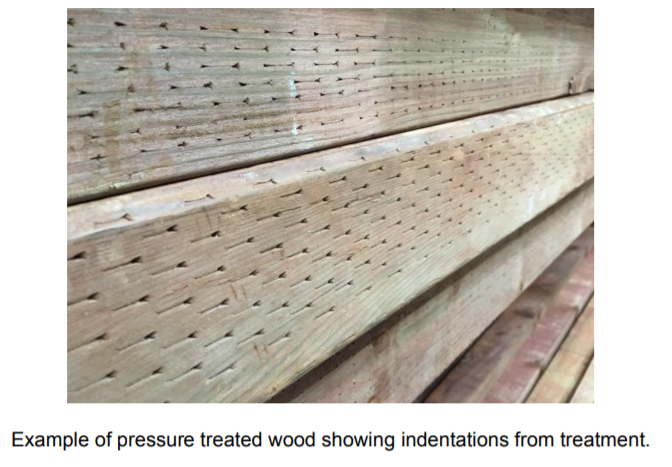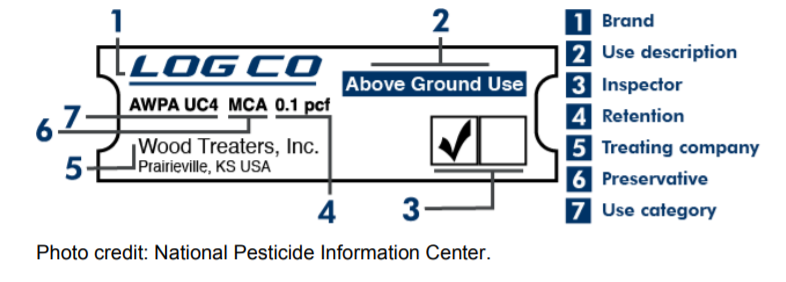
The City of Goleta Environmental Services Division would like to inform residents of recent regulatory changes that affect the management of Treated Wood Waste (TWW). As of January 1, 2021, all Treated Wood Waste that exhibits the hazardous waste characteristics of toxicity will be a fully regulated hazardous waste and no longer be eligible for disposal in Class II or Class III landfills. Therefore, Santa Barbara County waste facilities will temporarily not accept TWW until they can acquire the new certification for handling such waste.
What do I do with Treated Wood Waste? It is illegal to dump treated wood waste on private or public property. Treated wood waste should be stored appropriately until local facilities are permitted to accept it. Reusing and repurposing wood is also allowed. If disposal is needed immediately, the nearest waste facility that is permitted to accept hazardous TWW is the Buttonwillow Landfill Facility (Clean Harbors) at 2500 W. Lokern Road, Buttonwillow CA. Their phone number is (661) 762-6200.
What is treated wood? Treated wood is wood that has gone through a treatment process with chemical preservatives to protect it against pests and environmental conditions. The chemical preservative is registered pursuant to the Federal Insecticide, Fungicide, and Rodenticide Act (7 U.S.C. Sec. 136 et seq.). These preservatives often include one or more of the following: arsenic, chromium, copper, pentachlorophenol, and creosote. Natural wood with no chemical preservatives and natural wood coated in paint or surface finish such as lacquer, shellac, polyurethane, and varnish do NOT qualify as treated wood and CAN be disposed of in the usual manner.
How do I know if I have TWW? The Department of Toxic Substances Control (DTSC) has created a website and fact sheet to help identify what qualifies as Treated Wood. There are some things to look for to help determine if the wood is treated or not: a treated wood end tag, wood manufacturers stamp codes, indentations along the surface of the wood, when cut staining is visible around only the perimeter, discoloration (green or dark brown), and odor. Any end tags on your wood should have information regarding the Treatments/Chemicals used on your wood. Please visit DTSC’s website to learn more.




